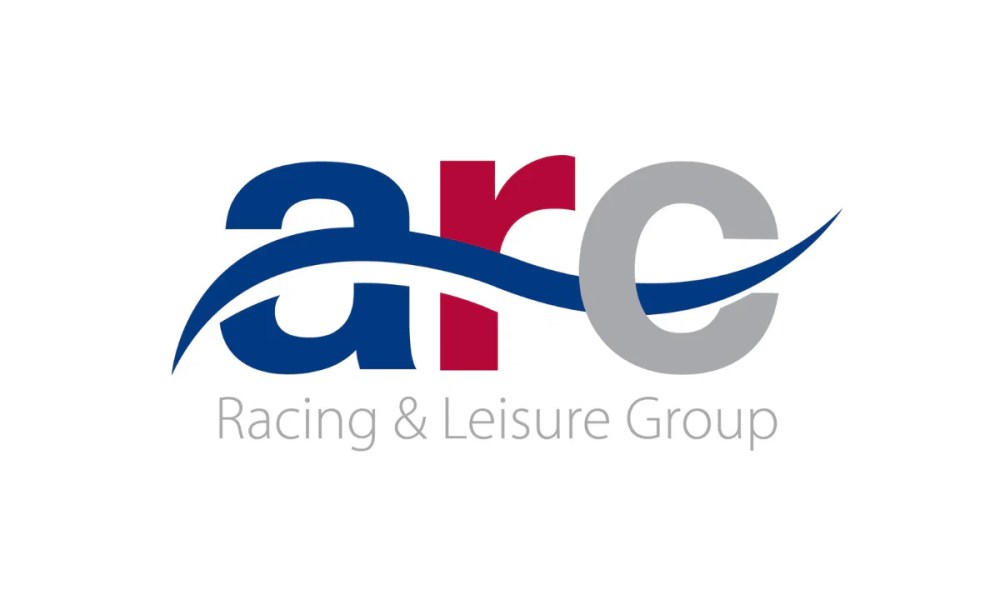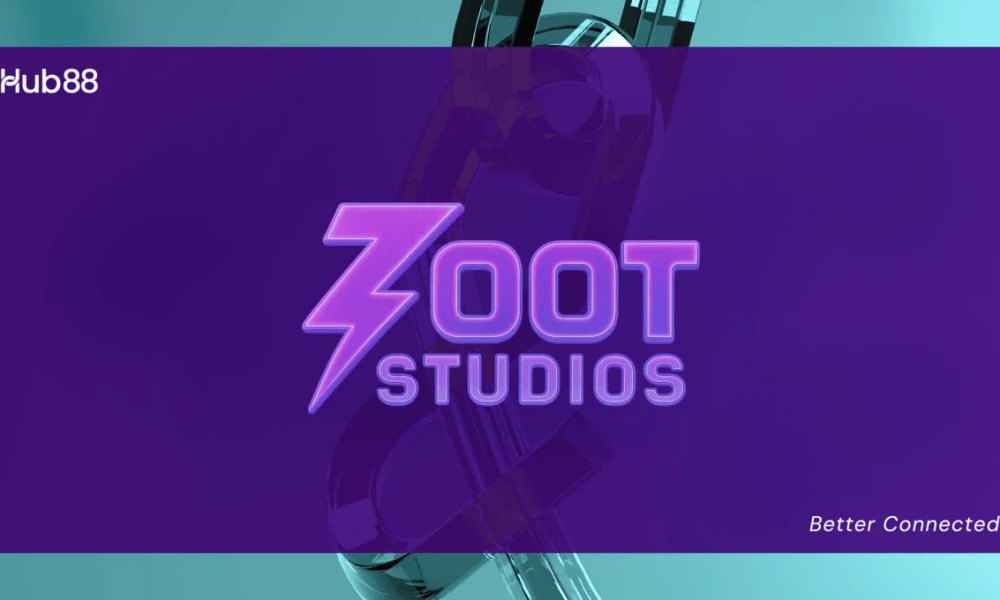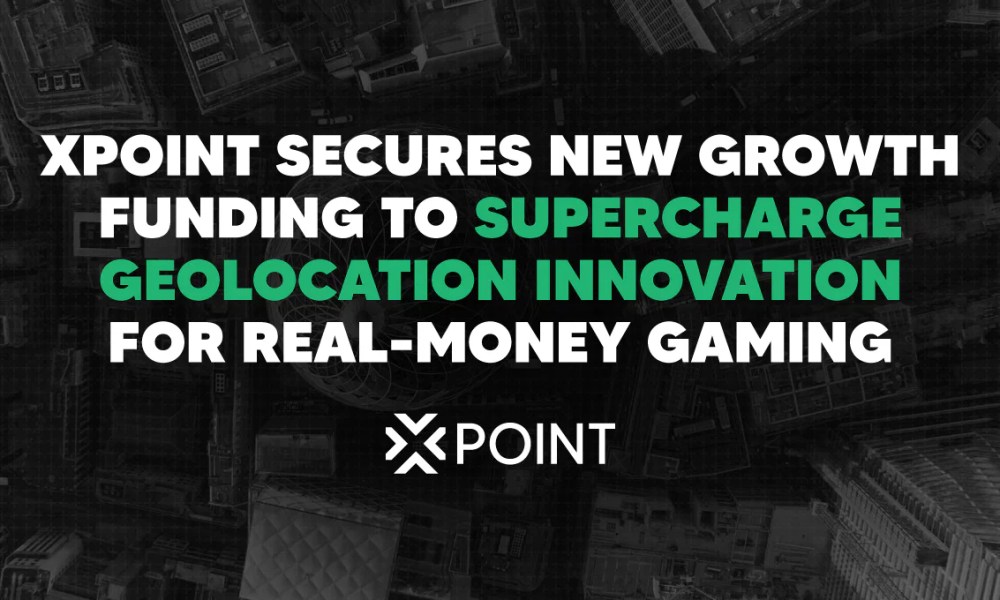Latest News
Tackling latency in next-gen gaming
Mathieu Duperré, CEO at Edgegap
Anyone that’s played a video game online has almost certainly experienced some kind of lag and connectivity issues. Despite huge infrastructure advances in the last few decades, latency remains a constant thorn in the side of gamers and detracts from the real-time experience that’s expected today.
Delivering a consistent experience to gamers playing on different devices with varying connection speeds – many of which are separated by thousands of miles – is a complex challenge. Massively popular online games like Roblox and Fortnite are just two of the many games which have benefited from years of investment into infrastructure in order to support millions of concurrent players. As the below chart from SuperJoost shows, multiplayer and online gaming is becoming the preferred way to play games amongst the most active gaming demographic, with all the technical challenges that this creates.
Games which can be played seamlessly across mobile, PC and console (so-called cross-play games) are also pushing the limits of what current internet infrastructure can deliver. Add in a new generation of streaming cloud gaming services like Stadia, Blacknut Games and Amazon’s Luna – plus Microsoft’s Game Pass and Sony’s revamped PlayStation Plus service, and you can see how the promise of console-quality performance over a broadband connection risks overloading networks that were never designed for this level of gaming.
So how can game companies, telcos and ISPs deliver on the performance promises being made to gamers? That’s where edge computing comes in.
Lag, latency and the Edge
When talking about latency it’s important to make it clear exactly what we mean. Latency refers to the amount of time it takes for game data to travel from one point to another. From the gamer’s perspective, it’s the delay between their command and seeing it happen in-game. How much latency a gamer experiences is dependent on the physical distance the data must cross through the multiple networks, routers and cables before it reaches its destination.
To use an extreme example, NASA’s Voyager 1 has made it about 14.5 billion miles from our planet so far, and it takes about 19 hours for its radio waves to reach us. Here on Earth, your latency is (hopefully) measured in milliseconds rather than hours; and gamers need around 30ms for the most optimal performance. Anywhere above 100ms can lead to noticeable lag and a frustrating experience.
This is where Edge computing comes in. As the name implies, Edge computing brings computation and data storage closer to the sources of data, placing it on the edge of the network where the performance gain is the greatest. As you’d expect, reducing unnecessary travel drastically speeds up the process providing an almost lag-free experience.
More players equals more chance for latency to be a problem
In the early days of gaming, local, couch play was part and parcel of the gaming experience. Today, a game where hundreds or even thousands of players are in the same session is nothing out of the ordinary, and there are Battle Royale games now, a whole genre of games where a hundred or more players are whittled down to a single winner.
The sheer scale of some online games dwarfs many of the most popular streaming services. Whilst Netflix remains the most successful streaming video site with 222 million subscribers, kids game Roblox has 230 million active accounts and Fortnite has over 350 million registered players. So if we assume these games reflect a growing trend, the demand on server networks is only going to increase, and gaming companies will have to look for more innovative solutions to continue meeting demand.
Cross-Platform
The ability for gamers on different devices and platforms to play and compete together is becoming an increasingly common feature of AAA multiplayer games like Apex Legends, Fornite and Call of Duty. EA Sports recently confirmed that FIFA 23 will be joining other heavy hitters in exploring cross-platform play. Considering the large amount of games on the market, and the various game modes for each game, studios are looking at crossplay to increase the amount of players who can play together. One of the main driver is to lower matchmaking time and prevent players from having to wait hours before opponents are ready to play with them.
From a latency perspective, different infrastructure across platforms means lag and downtime are far more likely. When it comes to cross-play, studios can’t use P2P (peer-to-peer) since console vendors don’t support direct communication (i.e. an Xbox can’t communicate directly with a playstation). On top of that, P2P may be limited by player’s home network (restrictive natting for example). That’s why studios typically use relays in a handful of centralised locations. Relays are seen as cheaper than authoritative server. They although have large flaws like making it harder for studios to prevent cheating, which is becoming more and more important with Web3 & NFT. This causes higherlatency since traffic needs to travel longer distances between players. For example, when Apex Legends went cross-platform, players were inundated with frame rate drops, lags and glitches.
Edge computing allows studios to deploy cross-play games as close as possible to their players, significantly reducing latency. Which can negate some of the delay issues around differing platforms.
VR and the Metaverse
Despite hitting shelves in 2016, VR is only now slowly making its way into mainstream gaming. Advances in technology have gradually improved the user experience, while also bringing the price of hardware down and closer to the mass market – not to mention the metaverse bringing renewed attention to the tech. But latency issues still present a serious hurdle to wider adoption unless it’s addressed.
Latency impacts the player experience far more in VR than in traditional gaming as it completely disrupts the intended immersive experience. A 2020 research paper found latency of over 30-35ms in VR, had a significant impact on players’ enjoyment and immersion, which was far lower than acceptable margins on a controller. But when it comes to the metaverse, achieving this might not be enough. Latency between headset and player has to be sub 5ms to prevent motion sickness.
In a recent blog, Meta’s VP, Dan Rabinovitsj, explained that cloud-based video games require a latency of around 75–150ms, while some AAA video games with high graphical demand require sub 35ms. Comparatively, Rabinovitsj suggests metaverse applications would need to reduce latency to low double or even single digits.
For better or worse, we’ve seen glimpses of what the metaverse has to offer already. Decentraland’s metaverse fashion week gave major brands like Dolce & Gabbana an opportunity to showcase virtual versions of their products. But attending journalists reported that the event was fraught with lag and glitches.
Gamers are a fickle bunch, so early adopters will simply move back to other games and platforms if they have poor initial experiences. Google’s Stadia promised to revolutionise gaming, but its fate was sealed at launch as the platform simply couldn’t compete with its competitors’ latency. Today, Google has ‘deprioritised’ the platform in favour of other projects.
If the metaverse goes to plan, it should encompass a lot more than traditional gaming experiences. But if it’s going to live up to players’ lofty expectations, akin to Ready Player One, more thought needs to be given to scalable and optimised infrastructure.
Unlocking next-gen gaming
The pace at which modern gaming is evolving is astounding, making the components discussed here work lag-free and as players expect will be a huge undertaking, and even more so when developers attempt to bring them all together in the metaverse.
The issue of latency may be less headline-grabbing than virtual fashion shows, NFTs and Mark Zuckerberg’s slightly unsettling promotional video, but the ability to seamlessly stitch all of these elements together will be critical in making the metaverse live up to expectations, and therefore, to its success.

Latest News
Arena Racing Company awarded United Arab Emirates Gaming-Related Vendor License
Arena Racing Company (ARC) has been granted a Gaming-Related Vendor license from the United Arab Emirates’ General Commercial Gaming Authority (GCGRA), an independent entity of the UAE Federal Government with exclusive jurisdiction to regulate, license, and supervise all commercial gaming activities.
The license, operational with immediate effect, affords ARC the opportunity to provide its products and services to licensed operators in the region. Notably, the Racing1 Markets service, an all-in-one horse and greyhound racing solution delivered in conjunction with Racing1 alliance media rights partners at 1/ST CONTENT, Racecourse Media Group (RMG), and Tabcorp, alongside technical partner Pythia Sports. ARC has been added to the list of licensed vendors as per the GCGRA website.
Jack Whitaker, Commercial Manager at ARC, said: “Obtaining this license is a great achievement for ARC and its Racing1 partners. The emerging regulated UAE market is incredibly exciting, and we look forward to showcasing our innovative products and services in the region.”
The post Arena Racing Company awarded United Arab Emirates Gaming-Related Vendor License appeared first on Gaming and Gambling Industry Newsroom.
Latest News
Play’n GO games now live with Ivy Casino in the UK
Swedish gaming giant’s industry signals commitment to the UK regulated market by launching it leading portfolio of games with Ivy Casino
Play’n GO, the world’s leading casino entertainment provider, has today announced that its industry leading portfolio of games is now live with Ivy Casino in the UK.
Ivy Casino’s players in the United Kingdom can now access global smash hits from Play’n GO, including Book of Dead, Legacy of Dead, and Rise of Olympus 100 among many others.
Ivy Casino is a UK-facing online casino brand that launched in 2024 with a focus on delivering a premium, player-centric experience tailored specifically for the UK market.
The brand operates alongside two sister sites, Rose Casino and O’Reels, which also serve UK audiences and share the same commitment to high-quality entertainment, strong user experience and robust responsible gaming standards.
Play’n GO has been one of the leading game suppliers in the UK for many years and is steadfast in its commitment to regulated markets globally.
Magnus Olsson, Chief Commercial Officer of Play’n GO, said:
“We are delighted to launch with Ivy Casino in the UK who, like us, are focused on all the key elements of operating within a regulated market framework. I’m sure this is just the beginning of a long and fruitful partnership.”
Mark Good, representing Ivy Casino, said:
“This partnership with Play’n GO forms part of Ivy Casino’s ongoing strategy to enhance its content offering for UK players by collaborating with leading studios known for creative, engaging gameplay.”
Play’n GO is a proud sponsor of the Moneygram Haas Formula 1 team, and recently launched a fashion brand, Play’n GO Shop, to sit alongside its existing Play’n GO Music brand to give fans more ways to connect with Play’n GO.
In October, Play’n GO set a world record by launching everyone’s favourite slot character, Garga, into space reaching a height of over 35,500m as part of the launch campaign for Reactoonz 100 which instantly became one of the biggest game launches of the year for the company.
The post Play’n GO games now live with Ivy Casino in the UK appeared first on Gaming and Gambling Industry Newsroom.
Latest News
Esportes da Sorte strengthens brand presence during New Year’s Eve celebrations across four Brazilian capitals
Esportes da Sorte, one of Brazil’s leading online betting platforms, will be the official sponsor of New Year’s Eve celebrations in four Brazilian capitals: Salvador, Recife, Natal and Maceió. The initiative reinforces the brand’s growing presence in the national cultural calendar and its strategy to connect with large-scale public celebrations beyond the digital environment.
New Year’s Eve is one of Brazil’s most significant annual moments, marked by intense domestic travel, international tourism and mass public participation. By supporting celebrations in four key destinations, Esportes da Sorte aligns its brand with tradition, culture and shared experiences that resonate deeply with local communities.
“Sponsoring New Year’s Eve celebrations in four capitals reflects our commitment to being present in moments that bring people together,” said Marcela Campos, Vice President of the Esportes Gaming Brasil Group, owner of the Esportes da Sorte brand. “Supporting these cities means valuing their cultural identity, strengthening local ecosystems and celebrating the people who keep these traditions alive year after year.”
Across all four capitals, the brand will activate its presence through immersive experiences, public-facing activations and the distribution of branded giveaways — a hallmark of Esportes da Sorte’s engagement strategy at major events. The activations are designed to enhance the festive atmosphere while reinforcing the brand’s connection with culture, entertainment and responsible enjoyment.
The New Year’s Eve sponsorships build on Esportes da Sorte’s broader cultural engagement strategy, which includes long-standing support for large-scale events such as Carnatal, in Rio Grande do Norte — a key fixture in the state’s tourism and cultural calendar. Together, these initiatives reflect the company’s commitment to expanding its footprint in cultural sponsorships nationwide.
Esportes da Sorte’s participation also mirrors a wider trend within Brazil’s regulated betting market, as operators increasingly diversify their sponsorship portfolios beyond football. Music, festivals and cultural celebrations have become strategic platforms for brands seeking broader visibility, deeper community ties and more sustainable engagement with the public.
The post Esportes da Sorte strengthens brand presence during New Year’s Eve celebrations across four Brazilian capitals appeared first on Gaming and Gambling Industry Newsroom.
-

 Latest News1 week ago
Latest News1 week agoSCCG Announces Strategic Partnership with Yellow Elephant Studios to Expand Multi-Channel Gaming Content Worldwide
-
Latest News3 months ago
Announcement: 25th September 2025
-
Latest News1 month ago
JioBLAST Launches All Stars vs India powered by Campa Energy: A New Era of Creator-Driven Esports Entertainment
-
Latest News3 months ago
The Countdown is On: Less Than 3 Months to Go Until The Games of The Future 2025 Kicks Off in Abu Dhabi
-
eSports1 month ago
CS:GO Betting Gains Momentum in the iGaming Sector
-
Latest News2 weeks ago
THE 2025 PUBG MOBILE GLOBAL CHAMPIONSHIP GROUP STAGE WRAPS UP WITH LAST CHANCE IN SIGHT
-
Latest News3 months ago
Evolution launches Sneaky Slots — a Bold New Slot Studio
-
Latest News3 months ago
Leading The Charge! Euronics Group Joins LEC As Official Electronics Retail Partner













You must be logged in to post a comment Login